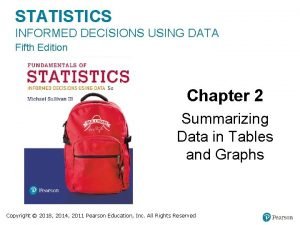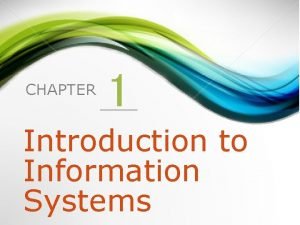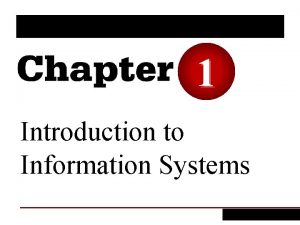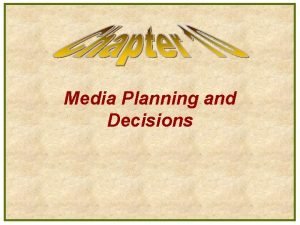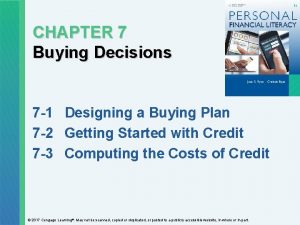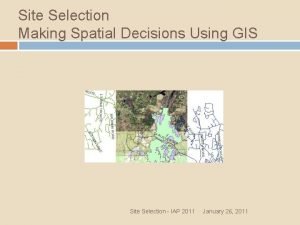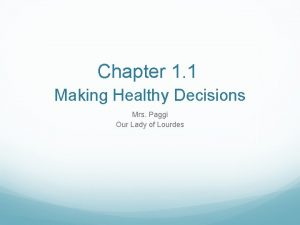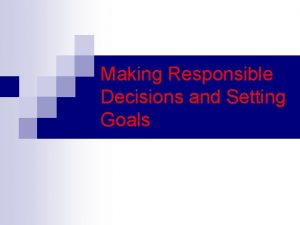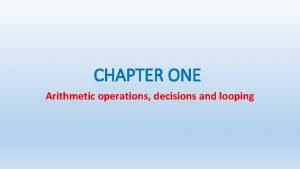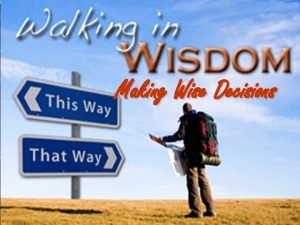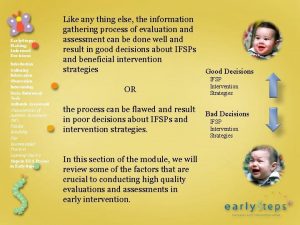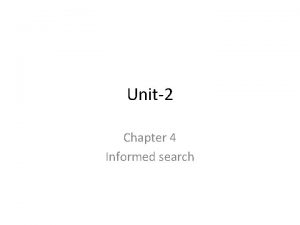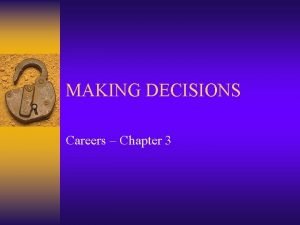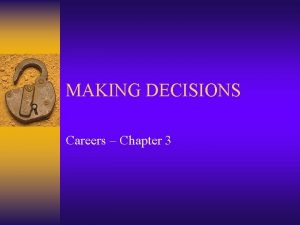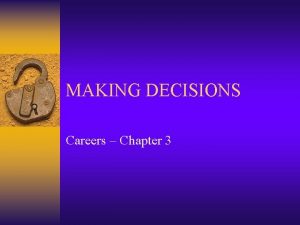Early Steps Making Informed Decisions Introduction Gathering Information















- Slides: 15

Early. Steps: Making Informed Decisions Introduction Gathering Information Observation Interviewing Norm Referenced Tools Scores Administering Why, What, How Learning Check 5 Authentic Assessment Steps in E&A Process in Early. Steps Now that we have talked about observation and interviewing, let’s move on to the next spoke of the information gathering umbrella, standardized, normreferenced tools. Assessment tools are used for evaluation, often part of eligibility determination in Part C programs. These tools provide us with meaningful information related to how. children’s performances on tests compare with children their same age and/or with similar characteristics.

Here is some useful information about standardized, norm-referenced tools …. Early. Steps: Making Informed Decisions Introduction Gathering Information Observation Interviewing Norm Referenced Tools Scores Administering Why, What, How Learning Check 5 Authentic Assessment Steps in E&A Process in Early. Steps These tools sample a children’s behavior under certain conditions and are scored according to specific rules. Standardized administration and scoring provides a uniform experience for children. This uniformity allows for relative comparisons among children. Normative sample: children who represent a population of young children on such factors as age, gender, and ethnicity. Children in a normative sample are administered an instrument under certain conditions and their combined performance is used to profile expectations for children at various ages.

Let’s review some of the norm-referenced tools used to gather information in Early. Steps: Making Informed Decisions Introduction Gathering Information Observation Interviewing Norm Referenced Tools Scores Administering Why, What, How Learning Check 5 Authentic Assessment Steps in E&A Process in Early. Steps During the intake process, the Ages and Stages Questionnaires (ASQ) is used to briefly assess children’s motor, problem solving, communication and social-emotional development. This screening tool uses cut off scores to determine what children need to be referred for further evaluation to obtain more information. The Battelle Developmental Inventory 2 nd edition (BDI 2), a comprehensive developmental assessment tool also evaluates children’s global development and is used in eligibility determination evaluation.

How are norm-referenced instruments scored? Early. Steps: Making Informed Decisions Introduction Gathering Information Observation Interviewing Norm Referenced Tools Scores Administering Why, What, How Learning Check 5 Authentic Assessment Steps in E&A Process in Early. Steps Scores on norm-referenced instruments are standard scores, typically reported in means and standard deviations. A mean score is the average score for the normative group; standard scores are used to describe children’s scores above or below the mean score. For example, if children’s scores are well above the average score of the normative group, their standard scores will be 1. 5 or more standard deviations above the mean score. Scores more than 1. 5 or 2 standard deviations below the mean score usually indicate a significant delay on developmental tests.

Early. Steps: Making Informed Decisions Introduction Gathering Information Observation Interviewing Norm Referenced Tools Scores Administering Why, What, How Learning Check 5 Authentic Assessment Steps in E&A Process in Early. Steps Why do I need to understand information about standardized instruments and standard scores? In Louisiana, one way children can qualify for services and supports through Early. Steps, is by meeting the Developmental Delay criteria. Remember, with the developmental delay criteria, children’s scores must be 1. 5 standard deviations below the mean in one area of development on the (BDI-2) or specified sub-domains. For providers to help families understand these criteria, they need to understand what standard scores mean and how they are derived.

Early. Steps: Making Informed Decisions Introduction Gathering Information Observation Interviewing Norm Referenced Tools Scores Administering Why, What, How Learning Check 5 Authentic Assessment Steps in E&A Process in Early. Steps What are recommended practices when administering a standardized instrument? Be qualified to administer the test. Be familiar with all test items. Use the standard protocol for administration, scoring and interpretation. If test items or presentation of the test items can be adapted to elicit children’s best performance on the test (e. g. , may change order of presentation of items to engage children and maintain interest their interest), know how to modify the test items.

Early. Steps: Making Informed Decisions Introduction Gathering Information Observation Interviewing Norm Referenced Tools Scores Administering Why, What, How Learning Check 5 Authentic Assessment Steps in E&A Process in Early. Steps Before administration, interact with the child and family to get to know them so that children’s performance on the test is less impacted by unfamiliarity with the evaluator. Find out whether the normative group is similar to the child being tested. Compare the information you obtain on the standardized instrument with other information gathered (e. g. , interviews, observation, health summary, developmental screening).

Early. Steps: Making Informed Decisions Introduction Gathering Information Observation Interviewing Norm Referenced Tools Scores Administering Why, What, How Learning Check 5 Authentic Assessment Steps in E&A Process in Early. Steps Despite their usefulness related to quantifying developmental delay and comparing a child’s performance with a normative sample, leaders in the field of early intervention have identified several significant drawbacks to using normative standardized instruments with young children. Some of their concerns are listed below…. . Young children, particularly those with disabilities, often do not respond well to the structured, contrived tasks on standardized instruments. Standardized administration procedures typically are not authentic. A strange person (the person who administers the instrument) meets a young child in a strange place and asks them to perform tasks that might not be familiar to the child.

Early. Steps: Making Informed Decisions Introduction Gathering Information Observation Interviewing Norm Referenced Tools Scores Administering Why, What, How Learning Check 5 Authentic Assessment Steps in E&A Process in Early. Steps It is difficult to infer how a child functions in everyday activities and routines based on their performance on a standardized instrument. The normative sample might not be a good comparison group for an individual infant or toddler, particularly if the infant or toddler has significant learning challenges or her native language or culture differs from those children in the normative sample.

Review this quote from Bagnato, Neisworth, & Munson (1997): Early. Steps: Making Informed Decisions Introduction Gathering Information Observation Interviewing Norm Referenced Tools Scores Administering Why, What, How Learning Check 5 Authentic Assessment Steps in E&A Process in Early. Steps “[Evaluation and] Assessment of infants and preschoolers remains dominated by restrictive methods and styles that place a premium on inauthentic, contrived developmental tasks, that are administered by various professionals in separate sessions using small, unmotivating toys from boxes or test kits, staged at a table or on the floor in an unnatural setting, observed passively by parents, interpreted by norms based solely on typical children, and used for narrow purposes of classification and eligibility determination”. (p. 69) Bagnato, S. J. , Neisworth, J. T. , & Munson, S. M. (1997). LINKing: Assessment and early intervention. Baltimore: Paul H. Brookes Review the next VEE diagram to understand the what, why and how of norm-referenced tests….

Norm-Referenced Tests Conceptual Methodological Why am I using norm referenced How am I conducting the test? Remember the purpose and limitations of standardized administration of norm referenced tests…… For Eligibility Evaluation Observe child activities in standardized fashion and compare to normative sample Compensating for strange experience of test? Comprehensive Developmental Assessment tool (CDA) Being as flexible as standard administration protocol allows? In-depth look at child performance in a particular domain (such as expressive language, sensory integration) to gather information about a child’s performance relative to other children to make informed decisions about intervention Administering and scoring the test accurately? What am I assessing? Is child’s performance across developmental domains (motor, cognitive, adaptive, socioemotional, communication) within or below the expected range? Using a test that is normed with a sample of children similar to the child I’m testing? Linking data with other known information about the child for congruence? Being fair to the child or should I pursue eligibility through the Informed Clinical Opinion procedures?

Early. Steps: Making Informed Decisions Introduction Gathering Information Observation Interviewing Norm Referenced Tools Scores Administering Why, What, How Learning Check 5 Authentic Assessment Steps in E&A Process in Early. Steps We have reviewed various tools (i. e. , observation, interview, standardized, norm-referenced tools) used to gather information to make decisions during the evaluation process of Early. Steps. Now, let’s take a look at the final spoke of the information gathering tools umbrella, curriculum-based assessments (CBA). Curriculum-based assessments, like the Assessment, Evaluation and Programming Systems (AEPS) are referenced to a curriculum. These assessments are based on children meeting a criterion (i. e. , scores reflect what items or criteria children can perform rather than how their performance compares with other children his/her age). More confusing terms – oh, no….

Early. Steps: Making Informed Decisions Introduction Gathering Information Observation Interviewing Norm Referenced Tools Scores Administering Why, What, How Learning Check 5 Authentic Assessment Steps in E&A Process in Early. Steps For example, if a criterion specifies that a child use two hands to hold objects, the child would meet the criterion (and receive a “pass” on the item) if he/she uses two hands to hold a bottle. It does not matter what other children do; only what the child does in relation to the criterion for an item on the curriculum-based instrument. Additionally, CBAs provide meaningful information related to how children function in their natural environments during typical routines and activities. This information is linked easily to intervention planning. Remember that CBAs are not norm-referenced; items on the tool may be referenced to developmental ages at which we might expect children to meet the criterion. However, the emphasis is placed on whether children meet the criterion, not on specified age levels.

Early. Steps: Making Informed Decisions Introduction Gathering Information Observation Interviewing Norm Referenced Tools Scores Administering Why, What, How Learning Check 5 Authentic Assessment Steps in E&A Process in Early. Steps For example, walking without assistance may be a curricular item that is roughly associated with a 12 month developmental age. That age is determined by published norms and other relevant information in the professional literature – but not by a specific normative group of 12 month old infants. CBAs might provide age-equivalent scores, but these scores are only approximations. For this reason, criterion referenced instruments are not considered useful for making decisions about the extent of children’s developmental delay. CBAs are valuable for making decisions about children’s strengths and needs, as referenced to the items on the CBA and associated criteria. They are one part of authentic assessment and provide information about children’s functioning in their natural environments.

Curriculum Based Conceptual Assessments Why am I assessing? Methodological How effective is the assessment? Assessment Comprehensive? To link information with IFSP goals and intervention plans Authentic? Assessment To observe child performance on curriculum based items during routines and activities with emphasis on change in performance Meaningful to family? Strengths focused? Responsive to individual differences? In familiar context? Child Outcome Assessment What is being assessed? How the child performs on items in relation to criteria specified across curricular domains.
 Image making meaning
Image making meaning Statistics informed decisions using data 5th edition pdf
Statistics informed decisions using data 5th edition pdf Screening decisions and preference decisions
Screening decisions and preference decisions Decision making skills
Decision making skills You should seek to be an informed user of it because
You should seek to be an informed user of it because Is a consultative function of the mis department
Is a consultative function of the mis department Media decisions in advertising
Media decisions in advertising An organized method for making good buying decisions.
An organized method for making good buying decisions. Designing a buying plan
Designing a buying plan Making spatial decisions using gis
Making spatial decisions using gis Making healthy decisions unit test
Making healthy decisions unit test Making responsible decisions and setting goals
Making responsible decisions and setting goals Arithmetic sequence in making decisions
Arithmetic sequence in making decisions Making capital investment decisions
Making capital investment decisions Pricing: making profitable decisions
Pricing: making profitable decisions Making wise decisions meaning
Making wise decisions meaning

